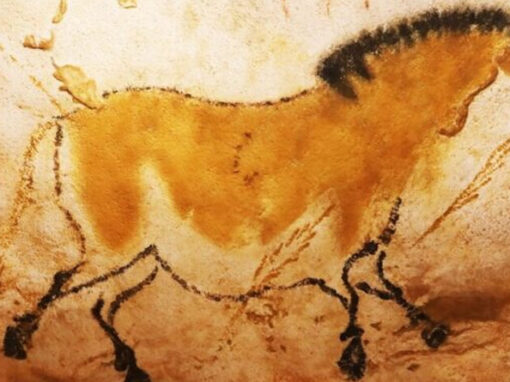
«What we know is a drop; what we don’t know is an ocean.»

Isaac Newton, born in 1643, was an English scientist renowned as one of history’s greatest minds.
His groundbreaking work in physics, mathematics, and astronomy laid the foundation for modern science.
He formulated the laws of motion and universal gravitation, revolutionizing our understanding of the physical world. In mathematics, he developed calculus and expanded the binomial theorem.
His investigations in optics led to discoveries about the nature of light.
Beyond his scientific endeavors, Newton held academic and governmental positions, serving as president of the Royal Society. He passed away in 1727, leaving an enduring legacy in science.
Did you know…?

Legend has it that Newton conceived his theory of gravity after observing an apple fall from a tree. While this anecdote is famous, its authenticity remains uncertain.
Newton is celebrated as one of history’s greatest mathematicians. He developed calculus and formulated the fundamental principles of classical physics.
Through prism experiments, Newton demonstrated that white light decomposes into a spectrum of colors. He also invented the first reflecting telescope.
Newton engaged in a heated dispute with German mathematician Gottfried Wilhelm Leibniz over the invention of calculus, known as the «Calculus Controversy.»
In 1705, Queen Anne of England knighted Newton in recognition of his scientific contributions, thereafter known as Sir Isaac Newton.
Learn with Isaac Newton
From Theory to Practice
Newton didn’t just propose theories; he applied his theorems and observations to create practical solutions for society.

Observing to Learn
A keen observer, Newton drew inspiration from his surroundings, fueling ideas for his scientific developments.

Enduring Influence
Newton’s laws continue to influence contemporary science, underpinning calculations and theories in various fields.
Want to know more?
Would you like to have a face-to-face conversation with Isaac Newton?
Interested in bringing this iconic figure to your school or museum?
Curious about how the Isaac Newton experience unfolds in detail?















